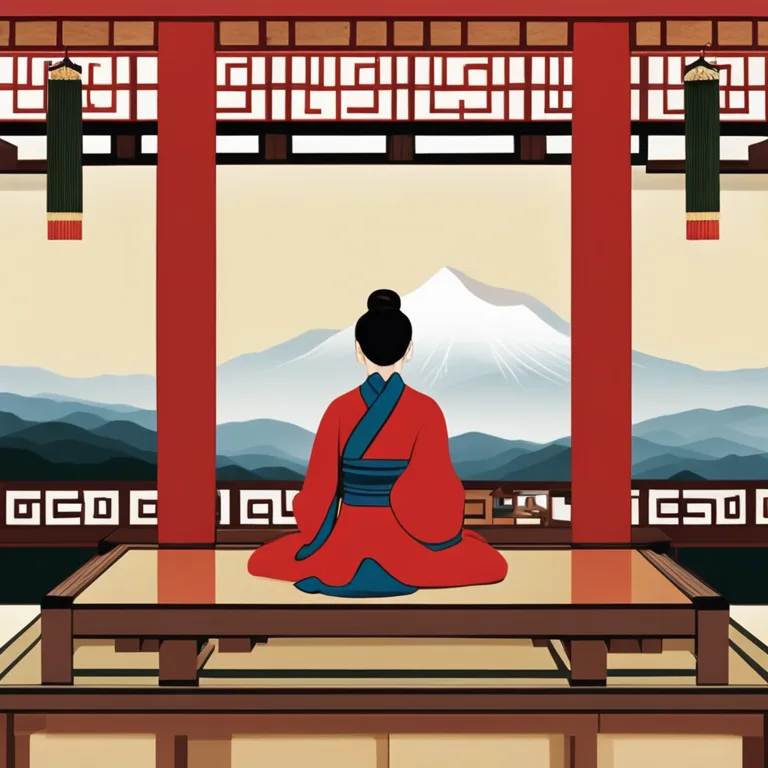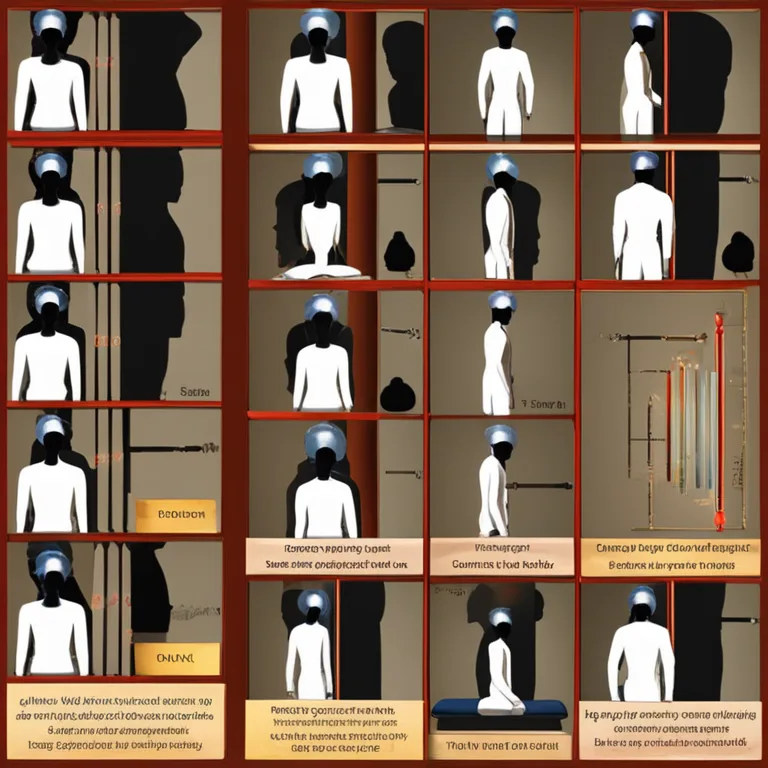
Korean Meditation Practices for Serenity
Discover the transformative power of traditional Korean meditation techniques and enhance your mental tranquility.
article by Hina Kurosawa
Introduction to Korean Meditation
Meditation has long been a cornerstone of wellness practices around the globe, with its roots in various ancient traditions. In Korea, meditation is deeply interwoven with the country's spiritual and cultural life. Emerging from a rich tapestry of Buddhist philosophy and native shamanistic beliefs, Korean meditation practices offer a distinct approach to inner peace and mindfulness. As we delve into these techniques, our focus will be on the primary forms of meditation that epitomize the Korean tradition: Sunmudo, Jwaseon, and Danjeon breathing.

Sunmudo: The Zen Martial Art
Sunmudo, which translates to "the way of doing meditation," is a unique blend of Zen Buddhism and martial arts. Originating from the mountain monasteries of Korea, this practice involves dynamic movements, yoga-like postures, and deep meditation. It is an embodiment of moving meditation, with the primary goal being the cultivation of ki (life energy) and the achievement of spiritual awakening. Although martial in form, Sunmudo accords greater emphasis on inner tranquility and self-discipline rather than physical combat skills.

Jwaseon: Sitting Meditation
Jwaseon is the Korean term for sitting meditation, akin to zazen in Japanese Zen tradition. It is perhaps the most recognized form of meditation, where practitioners adopt a comfortable yet stable seated position, often cross-legged, with straightened posture. The essence of Jwaseon lies in quieting the mind and observing one's thoughts without attachment. This practice promotes heightened awareness, improved concentration, and a sense of calm that permeates daily life.

Danjeon Breathing: Tapping Vital Energy
Danjeon breathing is another cornerstone of Korean meditative practices, with Danjeon referring to the energy center located below the navel. This technique emphasizes controlled, deep breathing to encourage the flow of vital energy throughout the body. Regular practice is said to enhance physical vitality, emotional balance, and mental clarity. Danjeon breathing can be considered both a form of meditation and a therapeutic exercise, significantly contributing to overall well-being.

Integrating Korean Meditation
In the modern era, these ancient practices are more relevant than ever, providing tools to cope with the stresses of contemporary life. Korean meditation techniques can be seamlessly integrated into daily routines, enabling individuals to find a moment of reprieve amidst their busy schedules. Whether through the movement of Sunmudo, the stillness of Jwaseon, or the vitality of Danjeon breathing, these practices hold the key to nurturing a balanced lifestyle in the 21st century and beyond.
Conclusion: A Path to Tranquility
As we navigate the complexities of the modern world, the timeless wisdom encapsulated in Korean meditation practices offers a sanctuary for the mind and spirit. Through consistent practice and an open heart, anyone can access the serenity and insight these techniques provide. They stand as a testament to Korea's spiritual heritage, inviting us to explore deeper realms of consciousness and discover the undisturbable peace that lies within.
Published: 12/20/2023
Modified: 12/20/2023
More predictions
Come back here soon to learn more about yourself and your future


Best Meditation Techniques for Peace
Discover powerful meditation practices to enhance calmness and clarity in your daily life. Perfect for beginners and seasoned practitioners.


Calming The Mind With Meditation
Discover effective meditation techniques to ease your mind and promote serenity in your daily life.


Meditative Focus Techniques Explored
Enhance your concentration through effective meditation practices designed for mental clarity and focus.